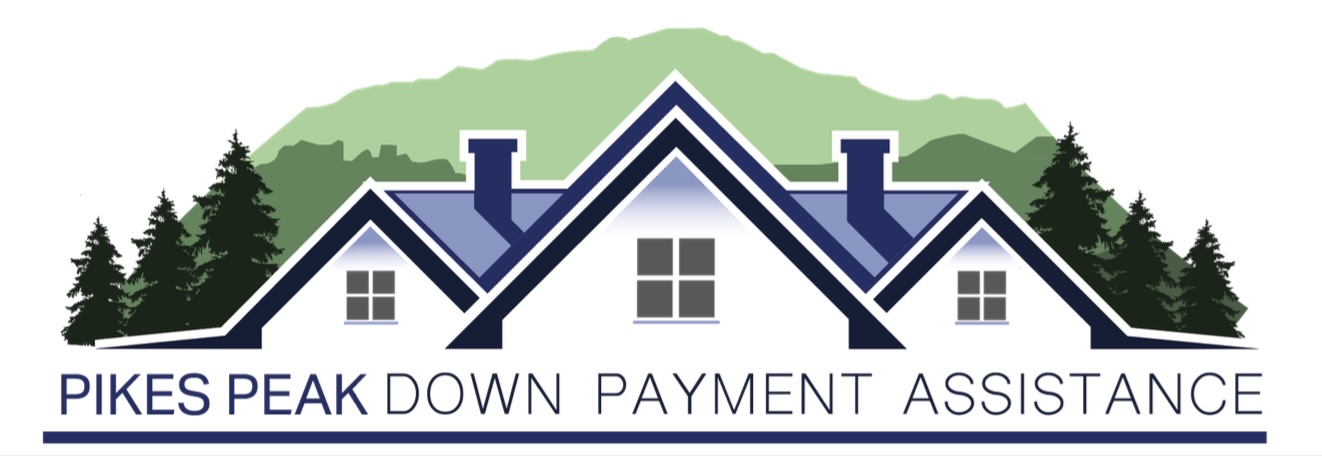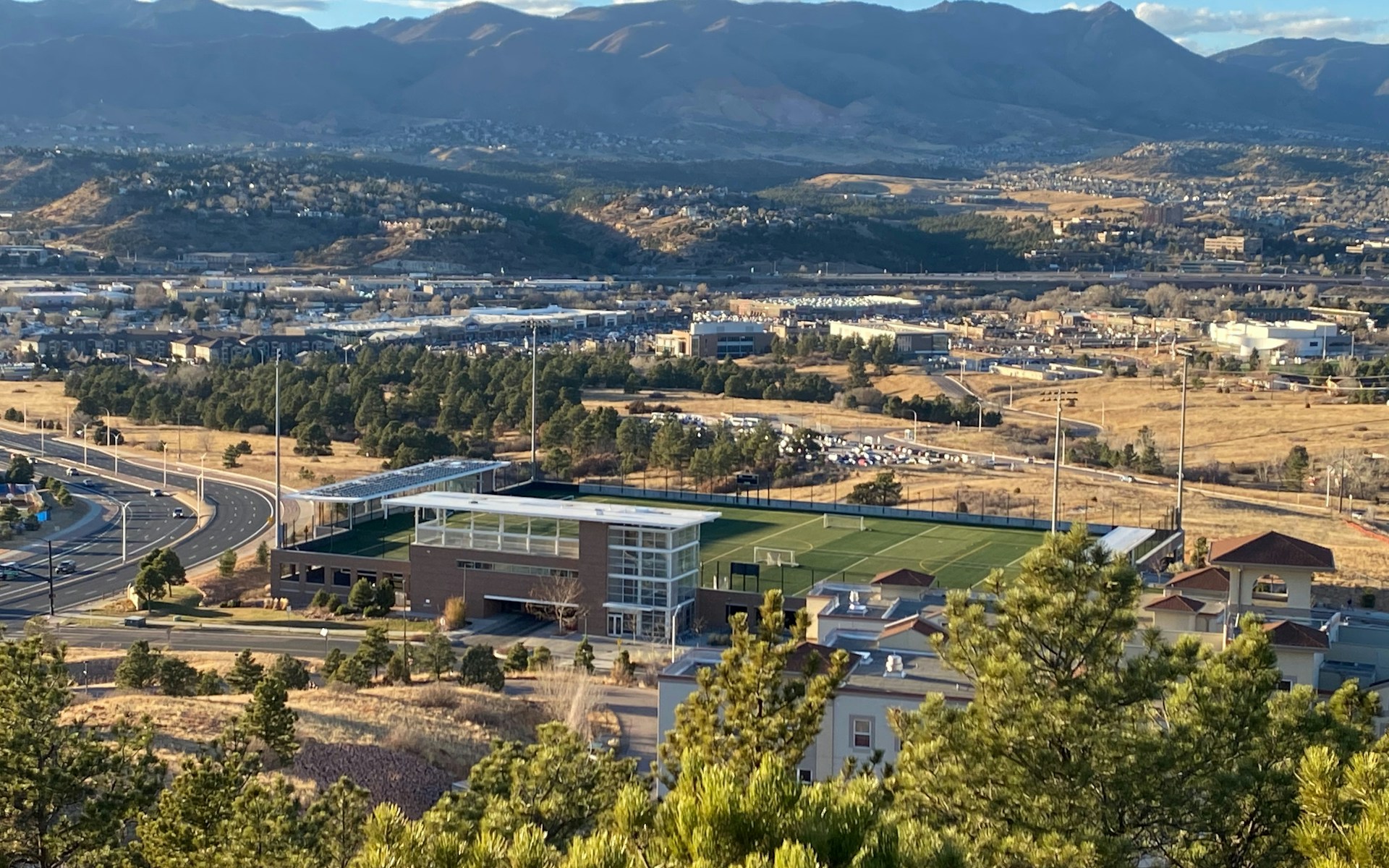2024 State of Housing Report
Download the inaugural Housing Report for the Pikes Peak Region.
Download the ReportOur Mission
Foster innovative and collaborative solutions that advance housing affordability, access, and production in the Pikes Peak Region.

Advocating for housing affordability.
This work involves the establishment of a regional culture that housing affordability is essential to a healthy economy, quality of life, attractive workforce environment and personal health. A critical component will be its partnership with the business community, local governments, affordable and market rate developers, philanthropists, and nonprofits to remove barriers to housing at all price points.
Program Info
PikesPeak Down Payment Assistance
PPDPA is a fully forgivable, 0% interest, Down Payment Assistance (DPA) loan available to individuals and families to purchase a home in El Paso County. Qualified homebuyers may receive up to 5% in DPA in the form of a soft Second Mortgage to be used to pay the down payment or closing costs.
Download Pdf


